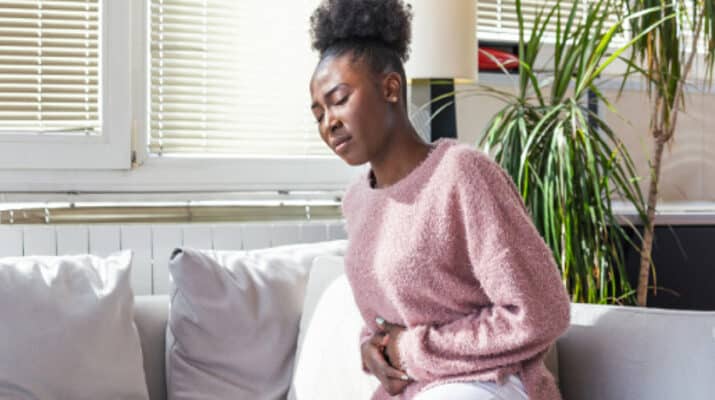By Deborah Jeanne Sergeant
Astudy published a year ago by Manchester Metropolitan University revealed that women dealing with endometriosis, a chronic pain condition in the uterus, often feel that their medical care providers dismiss their pain and that they do not receive referrals for specialists.
These struggles have led many women to seek alternative health as a means to deal with their pain.
Women also have chronic pain issues unique to their gender. A common area for women’s chronic pain is the pelvis. Physician Monideepa Baruah, who practices at Upstate Gynecology in East Syracuse, said that up to 25% of reproductive age women experience this kind of pain between the umbilicus and hips for six months or longer, not including during menses.
“There are various causes of chronic pelvic pain,” she said. “They can be broadly categorized as gynecological, gastrointestinal, urinary, musculoskeletal and psychosomatic.”
Many different factors cause these issues, making it difficult to diagnose and treat them.
“A lot of things have to be ruled out,” Baruah said. “Sometimes, when most of them have been ruled out then diagnostic laparoscopy can be necessary.”
Vincent Sportelli, chiropractor, clinical nutritionist and owner of Sportelli Chiropractic Health & Wellness Center and Cold Laser Center in Syracuse, said that he sees many more female than male patients, perhaps in part because women tend to be more proactive about their health, but also because they’re more susceptible to chronic pain issues and because “doctors don’t know how to treat chronic pain,” Sportelli said. “If you have joint and muscle pain, your system is creating inflammatory type substances to try to protect the body, but it goes overboard and causes arthritic pain.”
He believes that only prescribing pain medication masks the real issue, which outside of life-threatening issues can be improved through lifestyle changes such as proper nutrition, dietary supplements, hydration and exercise.
“People are tired of taking medication; they’re not feeling any better,” Sportelli said.
One of his modalities is cold laser therapy.
“Cold laser sends a light source that revitalizes tissue and decreases inflammation and breaks the pain pathway,” Sportelli said. “The light source gets into the mitochondria of the cell and releases the ‘fuel’ for rebuilding cells. It helps rejuvenate it. It’s been very successful.”
He also advises on nutrients and supplements and has found many patients reporting that this approach has “decreased stiffness, soreness and pain and helped with weight loss,” he said. “It they take time to listen and heal and get better. I tell my patients it’s a process. Stick with it and you’ll get the results you need.”
Sportelli is a big believer in proper hydration and advises patients to drink more water and less coffee and other caffeinated beverages, as these cause the loss of fluids.
As for exercise, for most healthy adults, the Department of Health and Human Services recommends these at least 150 minutes of moderate aerobic activity a week or 75 minutes of vigorous activity weekly, along with resistance training at least two days per week.

